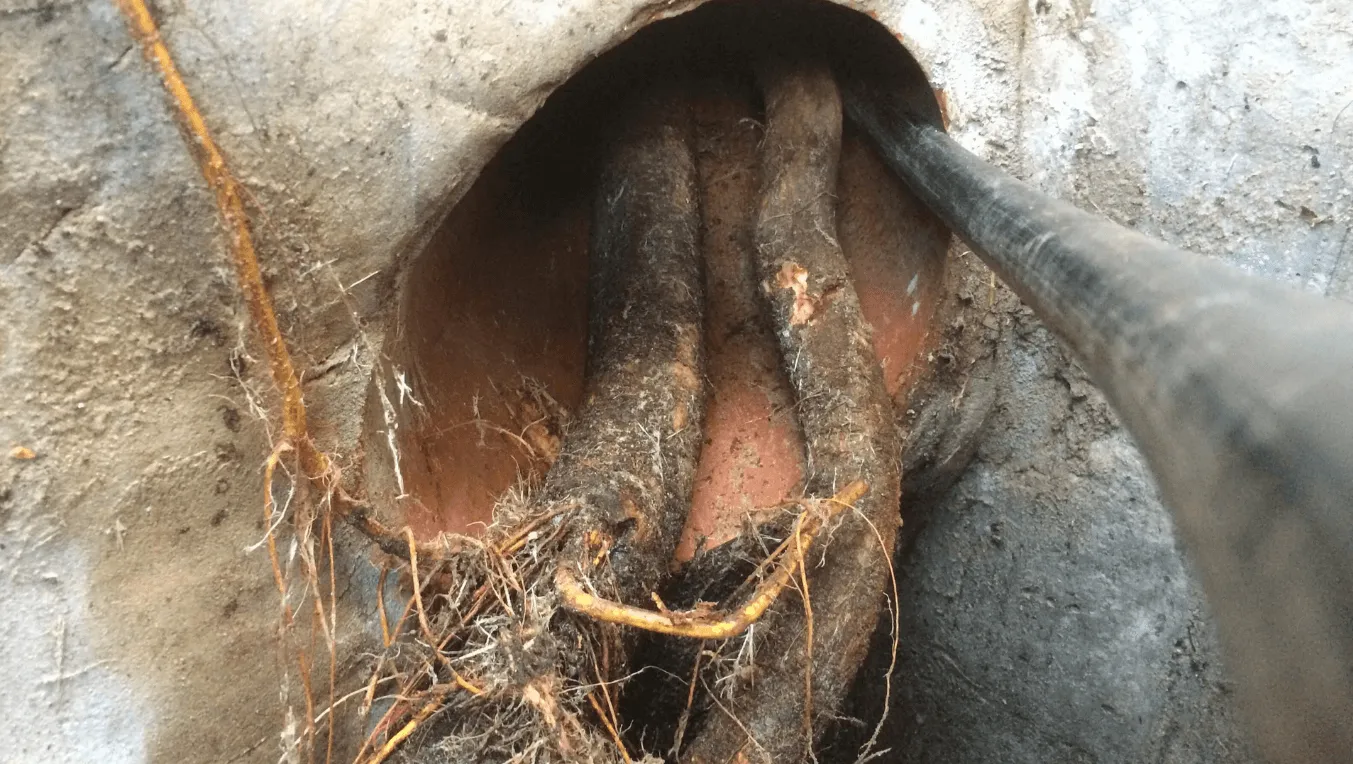Roots in pipes are incredibly common. Remember, tree roots thrive in damp, nutrient-rich environments – your plumbing work is the ideal setting for little sprouts to grow. Tree roots find their way into pipes via hairline cracks. Once inside, they grow bigger and bigger, eventually taking up enough space to block your drain completely. What’s more, clearing roots from sewer lines is no easy task.
So, how can you avoid root intrusion in your sewer line? Let’s take a look at five ways to prevent tree roots in your pipes.
1. Carefully select the plants and trees in your garden
Root systems vary drastically from tree to tree. But, as a general rule, the bigger the tree, the larger the root system. Incredibly, most species have root systems that extend out at a distance 1.5 times the height of the tree.
To ensure you never have to deal with tree roots clogging sewer lines, be sure to plant the correct trees in the appropriate locations. Larger trees should be positioned away from any pipes. Small, slow-growing species, such as the flowering dogwood or Japanese maple, may be suitable.
2. Invest in root barrier systems
Installing root guards for trees can prevent tree roots from blocking drains. Physical barriers will keep roots away from your plumbing, protecting your pipes from the damaging effects of thirsty, growing roots.
The type of root barriers for trees you’ll need will depend on your budget and needs. Here are the two basic styles of root barriers:
- Solid barriers. These are corrosion-resistant tree root barriers built from either fibreglass or plastic. While solid barriers can be incredibly effective, they may inhibit proper water drainage. What’s more, if you select the wrong size of barrier, the tree roots may grow around it.
- Permeable barriers. Crafted from mesh, permeable tree root barriers allow water and smaller roots to pass through. Larger roots, however, are not able to pass through. Again, if you select the wrong size root barrier system, tree roots may grow around the screen and infiltrate your plumbing.
If you’re unsure as to which type of root barrier is best for your specific needs, don’t hesitate to get in touch.
3. Replace your pipes
If you’ve got roots in your drainpipe – especially if it’s on the older side – your best bet may be to ask a trusted plumber to lay new lines. Newer materials and innovative techniques are less likely to result in corrosion, leaks, or cracks.
4. Reline your pipes
If your sewer line is cracked but hasn’t completely collapsed you can ask a drainage specialist to reline your pipe work. Pipe relining creates a barrier to tree roots preventing them from penetrating your pipe work and forcing them to look elsewhere for water.
5. Buy tree root killer for drains
Trees that have large, extensive root systems won’t suffer any damage if some of their roots are removed. Using highly effective chemicals, your plumber can flush out your pipes. When the tree roots come into contact with the solution, they will die within a few hours. The residue chemicals will deter new roots from growing in the area.
Robotic cutting technology may also be able to remove tree roots without damaging the tree itself.
Get in touch to learn more
If you’re suffering from a drain blockage caused by tree roots, get in touch. We’d be more than happy to chat about your needs, organise a drain inspection and let you know the cost of removing tree roots from sewer lines. If you have any questions, please don’t hesitate to contact us or call us on 1300 366 834
